The man behind MDC Studios is Carlos Vielma, a passionate sound designer and mixer who started off as a music editor and composer in his home country of Venezuela. After relocating to Miami and working at multiple network studios, Vielma became interested in immersive audio and began building his own facility in 2019.
As his business grew, Vielma realized he needed a more powerful control surface for mixing feature films in Dolby Atmos. With guidance from Vintage King Audio Consultant James Good, he chose the Avid S6 for its premium faders and configured it with a surround panner module for seamless immersive mixing.
Vielma spoke to us about his experiences in the Latin American and United States film industries, his dream of opening an immersive post-production studio, and the process of working with Vintage King and Dolby to make it a reality.
What kind of work do you do at MDC?
At MDC, we specialize in audio post-production. We collaborate on feature films with the Puerto Rican film industry and indie directors from Florida. We handle audio for TV and streaming networks like Telemundo and contribute to audio projects for Disney+ Latin America, Sony, and Warner. Our focus on audio allows us to enhance a wide range of creative projects across various genres and platforms.
Have you always worked in post-production, or did you start off in music or some other part of the industry?
I started my career at Venevisión, a well-known TV company in Venezuela. Initially, I worked as a music editor, which was akin to a music supervisor role. I was responsible for selecting music from the library and collaborating with musicians to create cues for soap operas. Before studying audio engineering, I was a musician. I played the piano and saxophone, and my dream was to compose music for TV. Gradually, I made a name for myself as a composer, creating music for TV shows and additional scores for some telenovelas.
After 13 years at Venevisión, the political situation in Venezuela became challenging, prompting me to leave. I spoke with my supervisor about resigning, but instead, I was offered a chance to work on new projects in Miami. The idea was to compose music for an action series in collaboration with Univision and Netflix, and they brought me over on a talent visa.
In 2018, the company ended its relationship with Univision, which led me to an opportunity at NBC Universal Telemundo. I began as a dialogue editor on Season 2 of La Reina del Sur, which I earned my first Emmy for. By that time, I had also worked as a freelance sound effects editor and applied to join the sound design team at Telemundo. I started by covering for a colleague on El Señor de los Cielos, focusing on ambiences, explosions, and firearms.
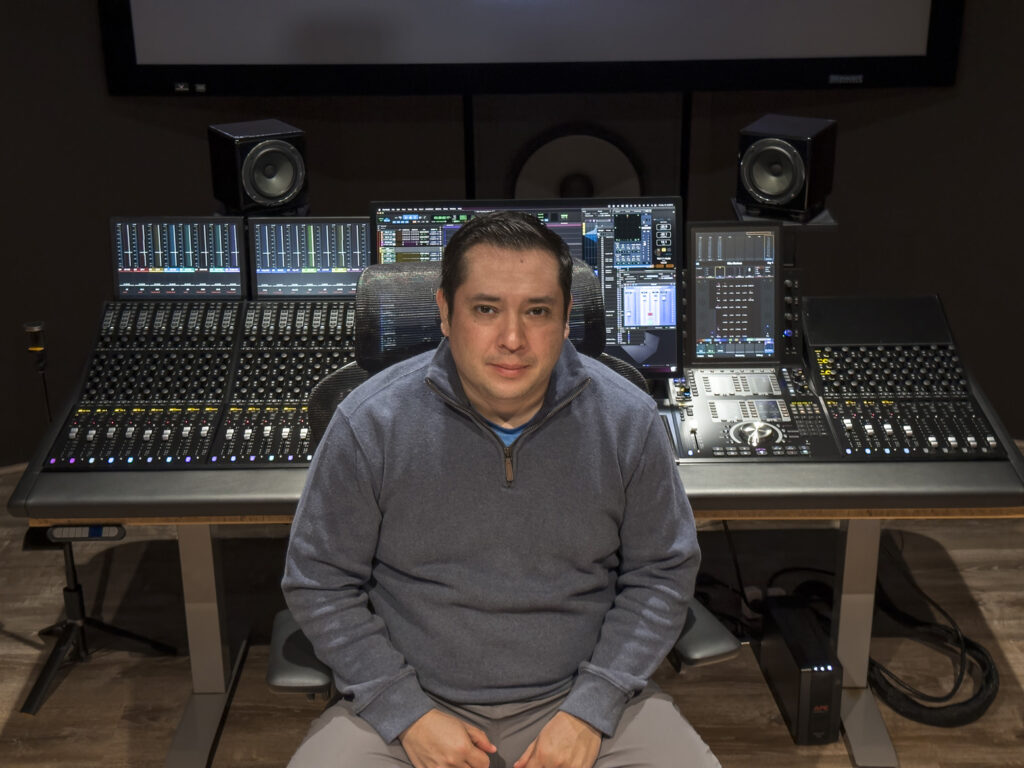
When did you decide to build your own studio, and did you encounter any challenges along the way?
In 2019, driven by my desire to evolve professionally, I began studying immersive audio formats. I noticed that Dolby Atmos was rapidly becoming a new standard in the industry and realized that no one in Florida had a studio dedicated to Atmos mixing, so I embarked on the project of creating my own Atmos studio focused on audio post-production, following the Dolby Atmos Home Entertainment guidelines.
It was challenging in the beginning, because the mixing processes I was familiar with were quite different from what Atmos required. I had never worked with formats like Ambisonics or 360 Reality Audio before, so I had to educate myself. It was a steep learning curve, but ultimately a rewarding one that allowed me to offer cutting-edge audio services.
How did you go about equipping your studio for Dolby Atmos mixing?
Like anyone, I wanted the best, but I didn’t have a lot of money to start with. I was able to secure a small business loan, but that only covered the basics. Fortunately, I already had a computer and a 5.1 Focal speaker system, so I decided to stick with Focal monitors when expanding my speaker layout. Based on the recommendations of the engineer who designed my studio, I opted for a JBL subwoofer, which is commonly used in cinema setups.
Initially, I wanted an Avid S4 with the surround panner module, but my budget only allowed for two Avid S1 units, an Avid Dock, and their respective iPads. I also wanted an Avid MTRX with all the necessary expansions to connect a Dolby RMU, but I had to settle for the MTRX Studio. This meant that I had to postpone acquiring some other equipment for future upgrades. Despite these constraints, I focused on creating a high-quality, functional studio that could grow over time.
When did you decide to upgrade to the Avid S6, and what was it like working with Vintage King to make it happen?
When I started working on Puerto Rican feature films, I ran into limitations with the Avid S1 units when handling sessions with more than 150 audio tracks. That’s when I reached out to my contact at Vintage King, and he connected me with James Good. I explained what I was looking for, and that I just wanted to explore the possibilities, even though it seemed like an impossible dream.
I was working with the local film industry in Puerto Rico, not in Hollywood, so I didn’t feel that I had the resources to acquire a high-end control surface like the Avid S4 or S6. However, James was incredibly understanding and helpful, guiding me through the options and making me feel like it was achievable.
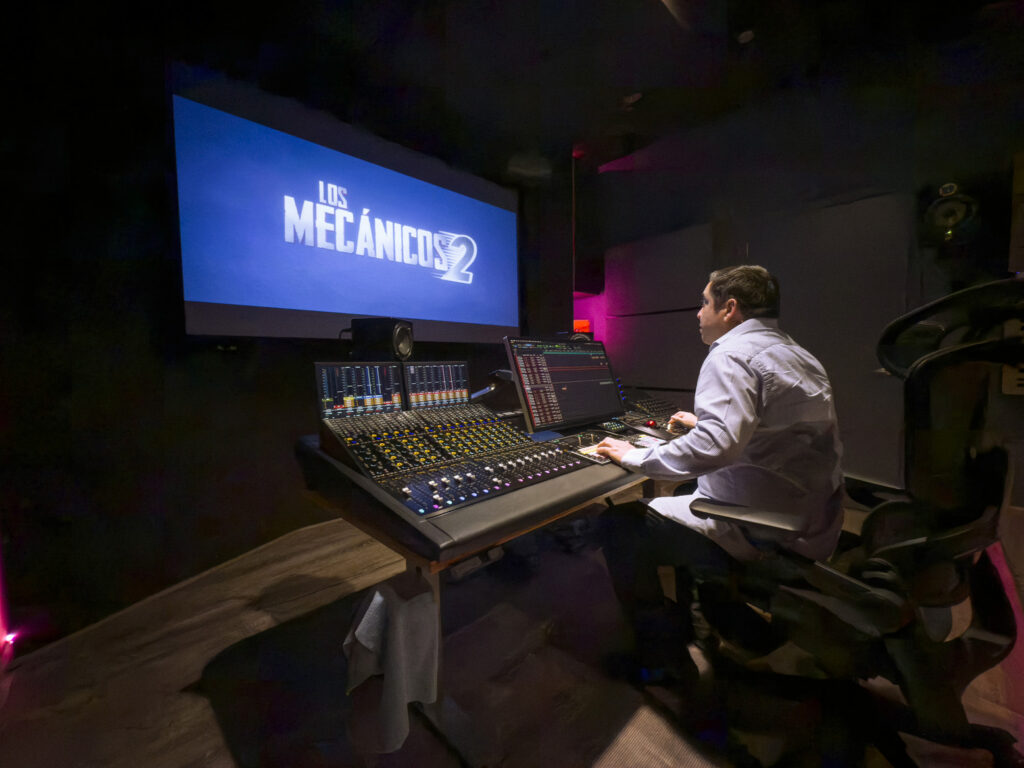
What made the Avid S6 the right choice for your studio?
There was something very specific that influenced my decision, even though it might sound a bit trivial: the faders. Throughout my career, I’ve had the opportunity to work with various control surfaces, including the Avid C24, D-Command, S1, and even the S6 they had in the mixing rooms at Telemundo. I told James that out of all the surfaces I’ve used, I wanted faders similar to those on the D-Command.
I didn’t like the faders on the C24 because they were similar to the S1, and I definitely didn’t want to invest in a control surface only to end up feeling dissatisfied. James informed me that the Avid S4 had the same faders as the C24, and I wouldn’t be able to change them in the future.
Talking about the Avid S6 felt like discussing a Ferrari—something unattainable. But then, James worked his magic and found a configuration for the S6 that included the surround panner module at a price that was affordable for me. That sealed the deal because it gave me the high-quality, reliable faders I wanted, along with the advanced features of the S6.
What does the S6 allow you to do that you couldn’t do before?
With the tight deadlines I have for mixing a film, working with lots of tracks, plugins, and extensive reverb automation would be nearly impossible without the S6. It has become an indispensable controller for me.
The feel of the faders is the best I’ve experienced so far, and I rely heavily on the Layouts and Custom Maps for plugins, which help me work very quickly and with great precision. The S6 allows me to manage complex sessions efficiently, so I can deliver high-quality mixes within the required timeframe.
MDC Studios is the first Dolby Atmos-certified studio in Miami. What can you tell us about the certification process?
In this industry, like any business, you need to study the demand for a service. Since Atmos wasn’t that common at the time, it was risky, but my case is different because I’m a very passionate person. I never purchase equipment thinking about how much money I’ll make from it. Dreaming big is what drives me to make those decisions.
My certification was overseen by Ceri Thomas from Dolby. I had a bit of an advantage because my studio was designed from scratch specifically for the Dolby Atmos Home Entertainment certification. Most studios have to adapt their existing setups to meet Atmos standards, but starting from scratch was a significant benefit for me.
However, by the time everything was ready for certification, Dolby had stopped certifying studios for Home Entertainment mixing and gave me the certification for Dolby Atmos Music instead. Regardless, we still followed all of the guidelines for Dolby Atmos Home Entertainment to ensure that our setup met those standards.
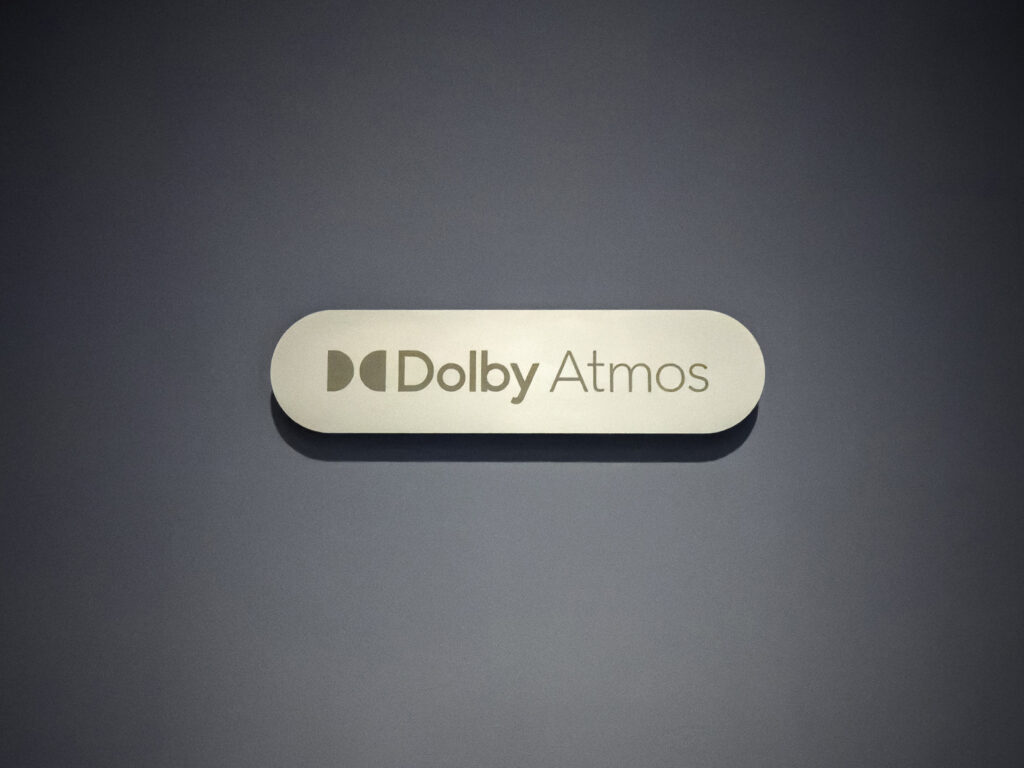
What excites you about the possibilities of Dolby Atmos?
When I’m mixing in Atmos, my goal is to create the sensation that the audience is part of the story; that they are inside the film and part of it.
For instance, I sold the idea of mixing in Atmos to the Puerto Rican film industry, which eventually led to the first theatrical Dolby Atmos mix for a Puerto Rican film, Los Mecánicos 2. The movie is similar to The Fast and the Furious, so I was able to fully exploit the immersive format when mixing car effects from different perspectives. In the theater, people were screaming with excitement.
Most of the work was done in my studio, and we finalized the theatrical mix in Los Angeles at Monkeyland Audio. I feel that we achieved a deep sense of immersion, and I’m grateful to Dolby for this technology that allows us to immerse the audience within the story. This passion and willingness to take risks is what sets MDC apart and allows us to offer cutting-edge services that other studios don’t.
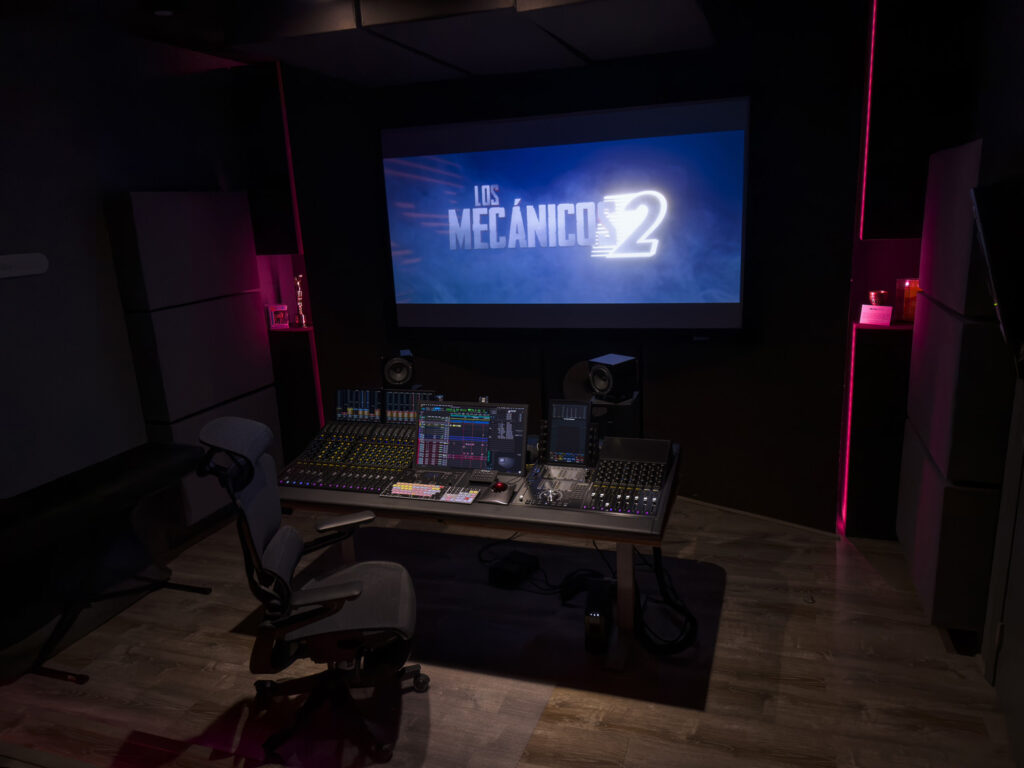

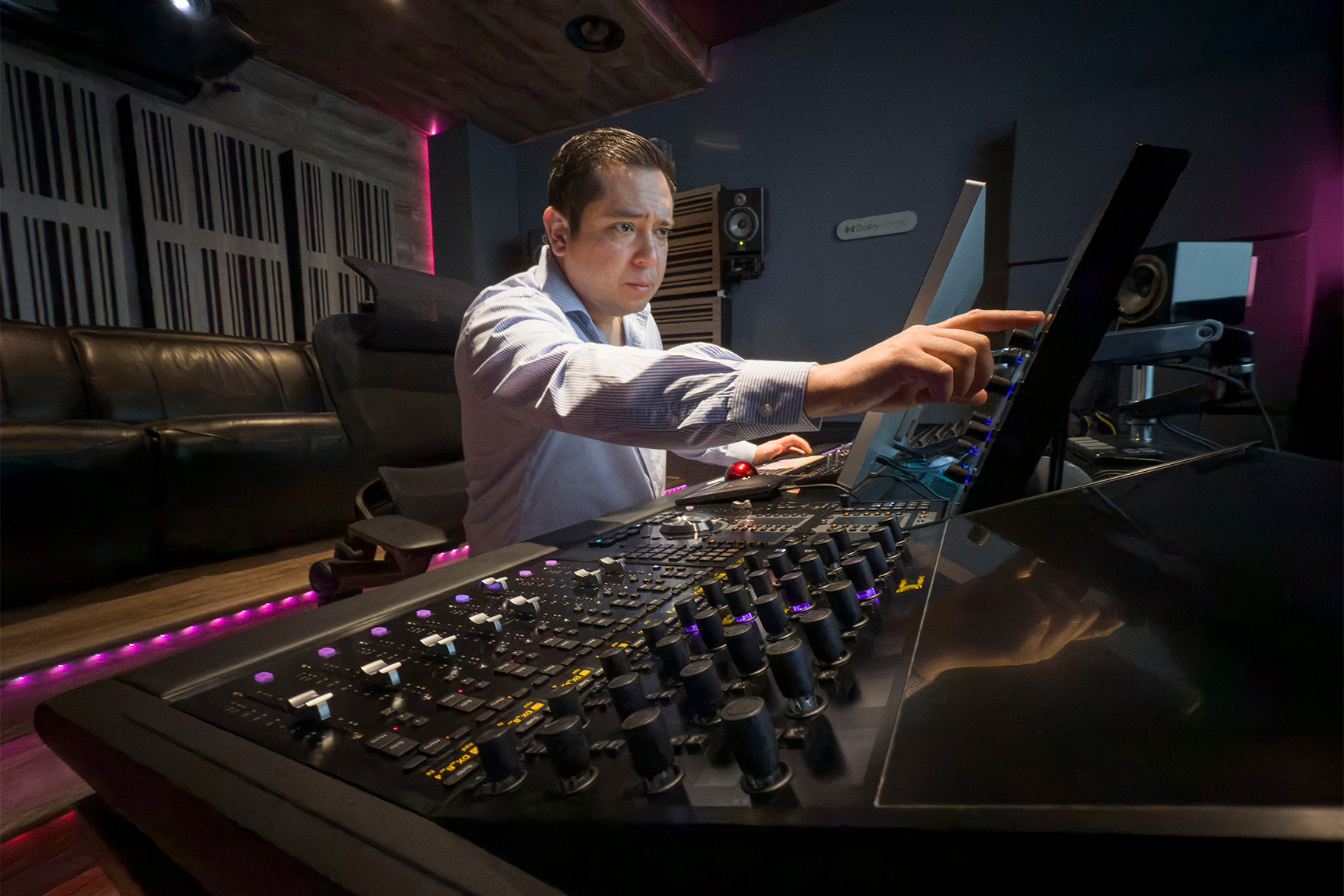
0 Comments